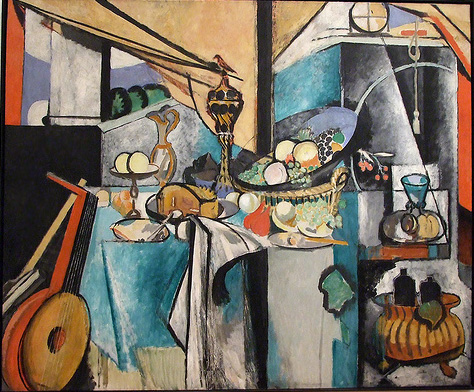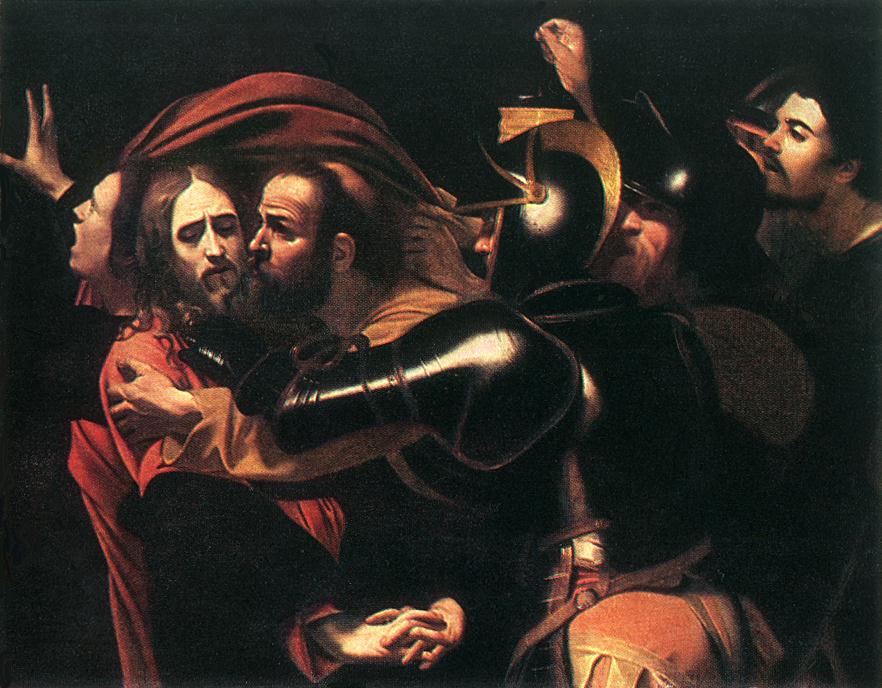I have just started to read David A. Traill’s book Schliemann of Troy: Treasury and Deceit. The book functions as a biography and critique of Heinrich Schliemann, the archaeologist who excavated Troy and Mycenae. In this book, Traill argues that the so-called “Mask of Agamemnon” (a funerary mask excavated in Grave Circle A (southern burial shaft grave V) in Mycenae, ca. 1600-1500 BC, see left) could possibly be a 19th century forgery.1 One of Traill’s main reasons is this the only discovered Mycenaean mask which shows facial hair. In addition, the upturned “handlebar” mustache looks like it was added later; it seems like the original mustache was created to turn down at the ends of the mouth. Traill does also posits, however, that this mask could be authentic but then Schliemann added the “handlebars” in order to give the mask a more authoritative appearance.1
Not all scholars accept this idea that the mask is a forgery, but it is accepted that this is not the mask of the fabled king Agamemnon, even though Schliemann had imagined and wished such a thing. If Agamemnon was a real person, he would have lived about 300 years after this mask was made.
Interestingly, though, some think that this mask (shown above) is the not the one which Schliemann originally identified as the mask of Agamemnon. Oliver Dickinson believes that Schliemann was referring to a different mask found in the same shaft grave (called “NM 623”, from northern burial in shaft grave V, see below right).3
To support his argument, Dickinson cites a telegraph by Schliemann (translated into English) which reads: “In the last tomb three bodies, one without ornaments. Have telegraphed to Nauplia for a painter, to preserve the dead man with the round face [italics for emphasis]. This one is very like the picture which my imagination formed of Agamemnon long ago.”4
Since only three burials were discovered in grave shaft V (and one of the burials had been presumably robbed, since it was devoid of goods), these two masks are the only ones by which we can compare Schliemann’s statement. It doesn’t take a genius to see that this second mask (NM 623) has a round face, whereas the other face could hardly be called “round.” Could this be the mask that Schliemann originally identified as the “Mask of Agamemnon”? It certainly seems possible to me.
1 David A. Traill, Schliemann of Troy: Treasury and Deceit (New York: St. Martin’s Press, 1995), 169-172.
2 Ibid., 172.
3 See Oliver Dickinson, “The ‘Face of Agamemnon,'” Hesperia 74, no. 3 (July – Sept. 2005): 299-308.





